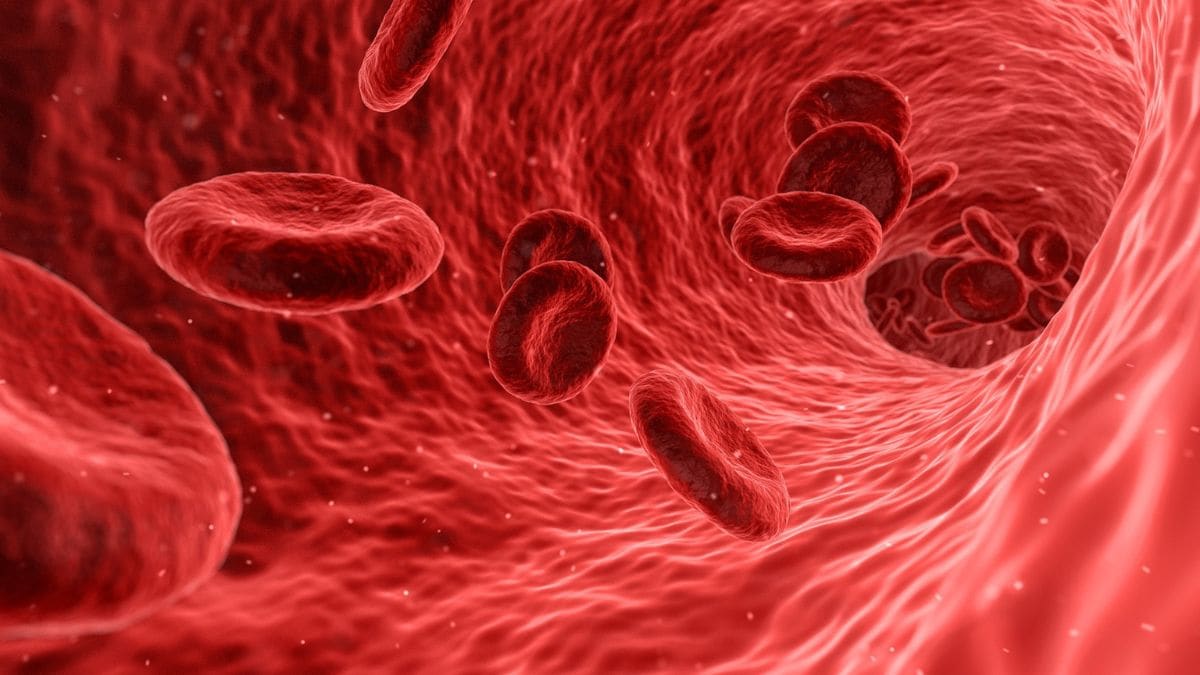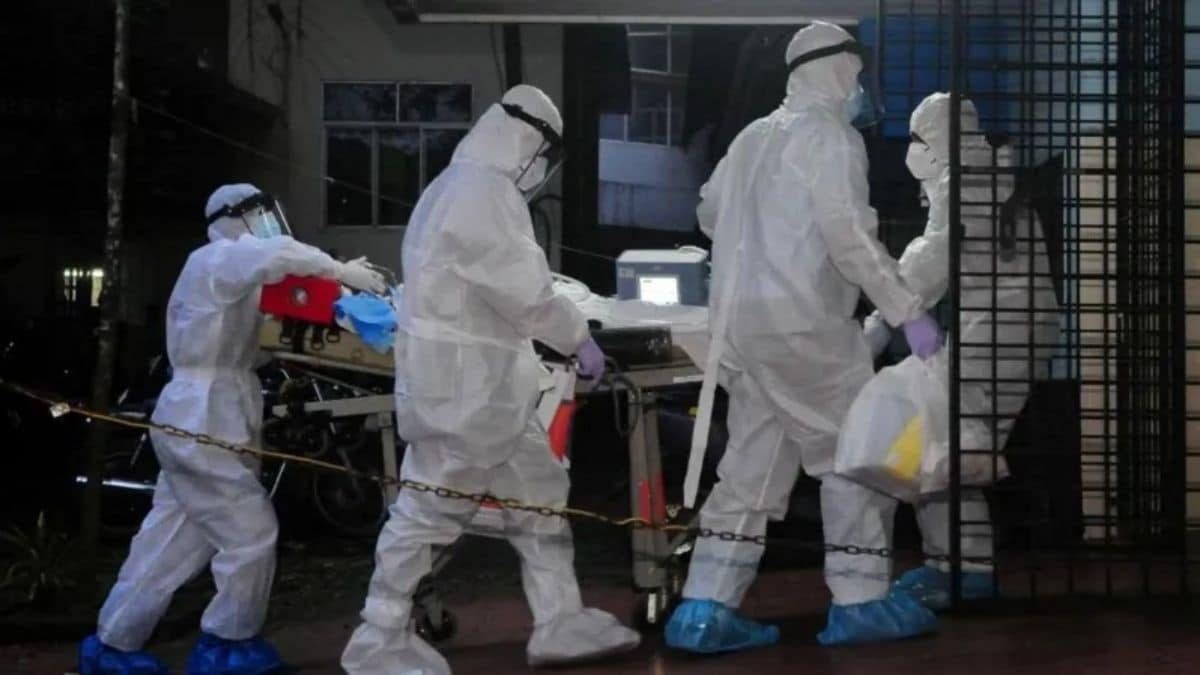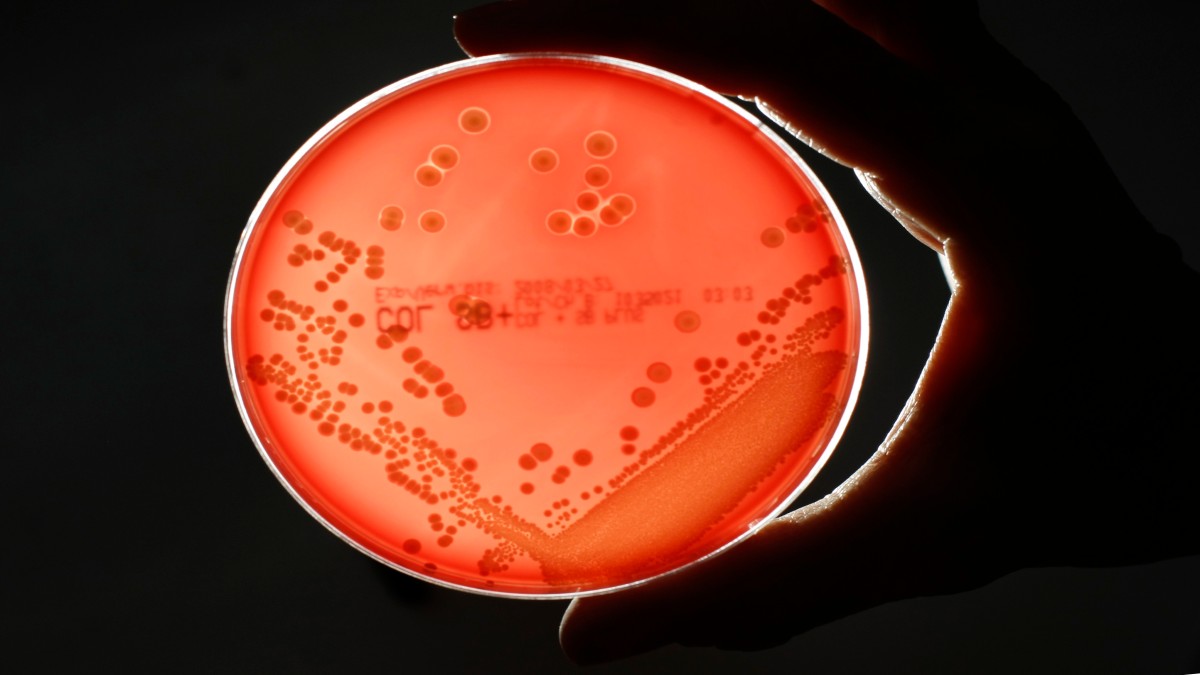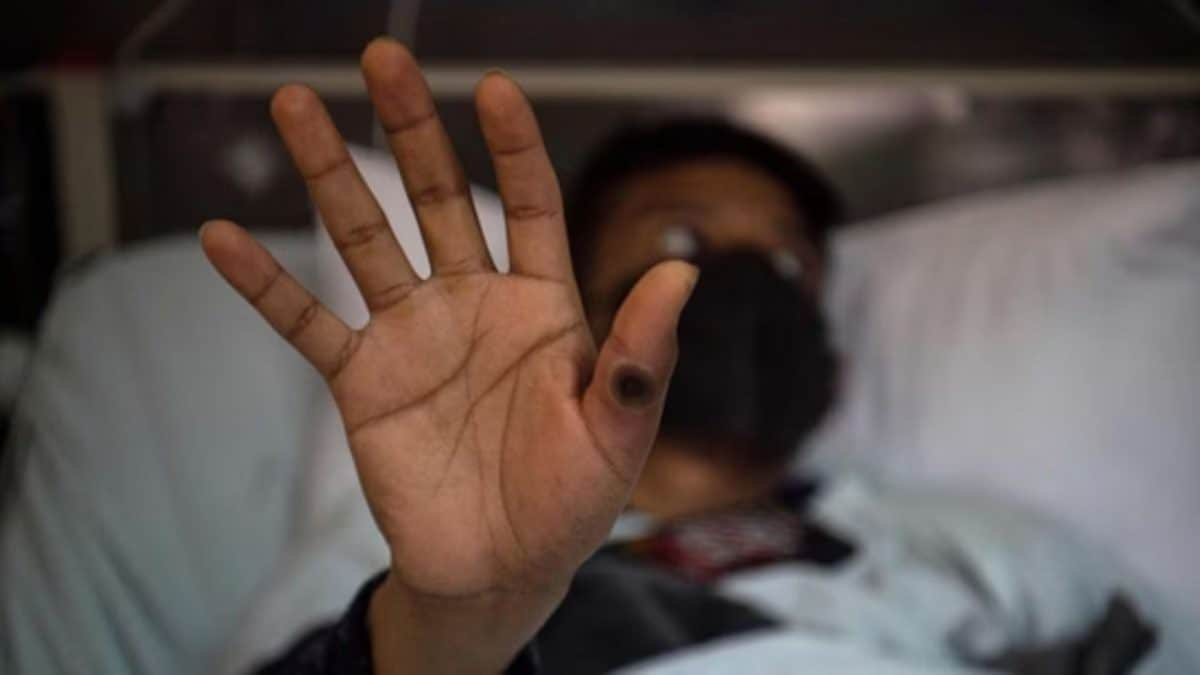Syrian first lady Asma al-Assad has been diagnosed with acute myeloid leukemia, according to the office of President Bashar al-Assad. She previously had breast cancer and was ‘completely’ free of the disease in 2019. So, how often do cancers return in a different form? read more
)
Asma al-Assad, wife of Syrian president Bashar al-Assad, has been diagnosed with acute myeloid leukemia. Reuters File Photo
Syrian first lady Asma al-Assad has leukemia, the office of President Bashar al-Assad announced Tuesday (21 May). A breast cancer survivor, the president’s wife has now been diagnosed with acute myeloid leukemia “after presenting with several symptoms and following a comprehensive series of medical tests and examinations”.
She will “adhere to a specialised treatment protocol that includes stringent infection prevention measures” and “will temporarily withdraw from all direct engagements”, Associated Press (AP) reported citing the statement.
The investment banker, who quit her job to marry the then-new President Bashar Assad in 2000, was diagnosed with breast cancer in 2018. A year later, she announced she was “completely” free of the disease, as per AP.
Why do cancers recur? What are second cancers? Can it be prevented? Let’s understand.
Can cancers return?
Yes.
It is possible for a survivor of the disease to face cancer again.
Sometimes a few cancer cells remain dormant even after treatment, as per The Conversation piece.
These cells can grow again in days, months, or even years. This is called cancer recurrence. This new cancer, which occurs after remission, is the same type as the original one, the piece added.
However, sometimes there might be metastasis, meaning the cancer has spread to a different part of the body than where it started.
As per The Conversation, the risk of cancer returning in most types of cancers is highest within the first three years of remission. After a survivor completes three years of remission, the recurrence rate falls for most cancers.
What is a second cancer?
When a cancer survivor develops a new cancer, it is known as a second cancer or second primary cancer, as per Cancer.Net.
“A second cancer is a new cancer that’s unrelated to any previous cancer diagnosis. It’s a completely different type of cancer,” according to the American Cancer Society.
The second cancer could be in the same organ or part of the body as the first one. It could also develop in another organ or tissue.
It is different from cancer recurrence in which the first cancer comes back.
The Syrian first lady likely has a second cancer.
Who is at risk for second cancers?
It is difficult to determine as sometimes people with many risk factors do not develop a second cancer and other times those who were not susceptible do, noted Cancer.Net.
People at higher risk include those who have had certain types of cancer, those who had some cancer treatments and imaging procedures, or those who have family cancer syndrome.
Other risk factors for second cancers include lifestyle habits like using tobacco products or drinking too much alcohol, family history and genetics, obesity, not indulging in regular physical activity, and consuming an unhealthy diet.
As per the American Cancer Society, cancer risk increases with age, and thus a new unrelated cancer may develop later in a survivor’s life.
According to Australian research from Queensland and Tasmania, adults who have had cancer have a 6-36 per cent higher risk of developing a second primary cancer than the general public, noted The Conversation.
ALSO READ: Why breast cancer screenings should start at the age of 40
Symptoms of second cancer
The onset of second cancer could entail headaches and vision changes; tiredness; a persistent cough or hoarse voice; loss of appetite, difficulty digesting food, or difficulty swallowing; ache in bones; and a “lump, discharge, bleeding, or thickening in a certain spot”, as per Cancer.Net.
How to prevent cancer risk
While cancer can not always be prevented, some risk factors can be controlled.
People can reduce their cancer risk by making lifestyle changes such as exercising regularly, eating a healthy diet, not smoking, limiting alcohol intake, being sun safe and maintaining a healthy weight, noted Cancer.Net.
“There might also be specific cancer screening guidelines based on a person’s level of risk or if they have a family cancer syndrome. But, in general, the same cancer screening guidelines should be followed as for people who have not had cancer,” according to the American Cancer Society.
People can also go for regular follow-up examinations for their peace of mind. This will also help in early detection of the disease.
Currently, there are no specific treatments targeting cancer recurrence or second cancers.
With inputs from agencies

 3 months ago
18
3 months ago
18


















)
)
)
)
)
)
)
 English (US) ·
English (US) ·